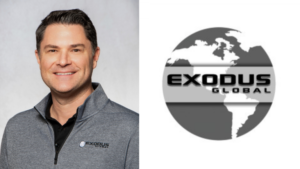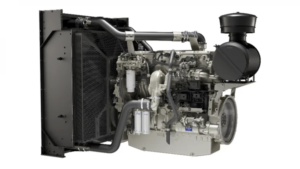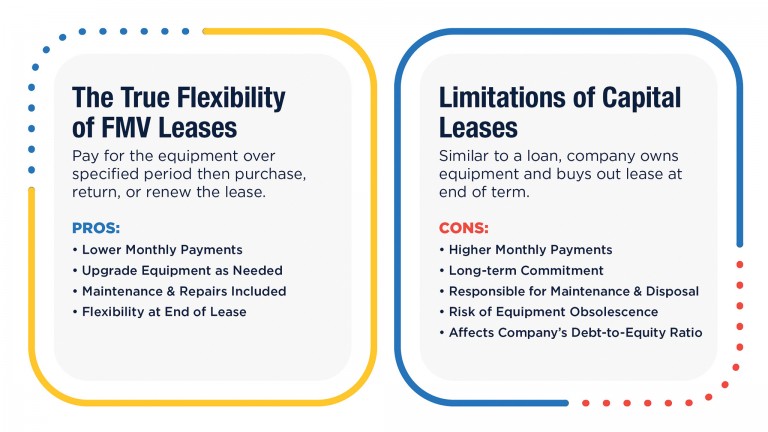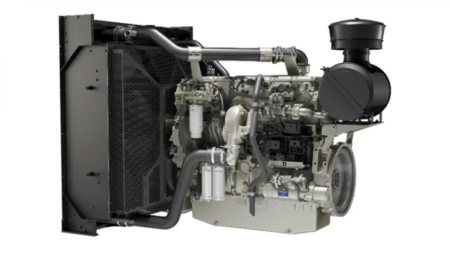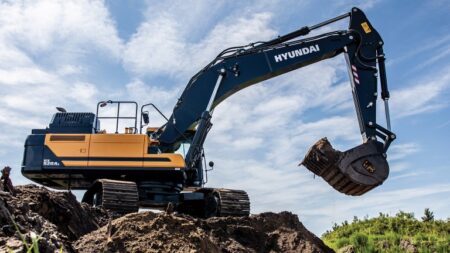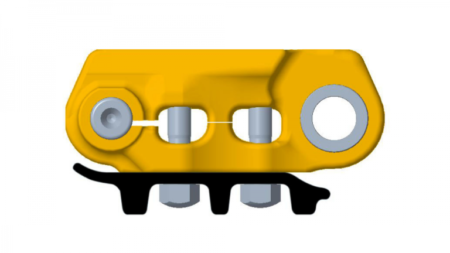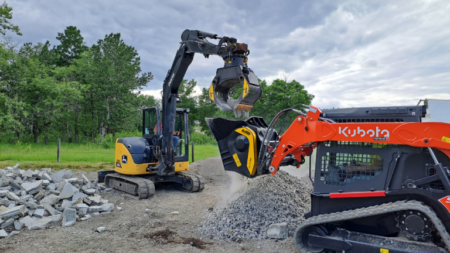Understanding capital leases
Capital leases essentially give the lessee (borrower) ownership of the equipment. The lease term typically covers most of the equipment’s useful life. At the end of the lease term, the lessee has the option to purchase the equipment for a nominal fee, usually $10 or $1. This type of lease is recorded as an asset and a liability on the company’s balance sheet, reflecting the equipment’s value and the obligation to make future lease payments.
Advantages of capital leases
1. Ownership benefits: The lessee eventually owns the equipment, which can be advantageous if the machinery has a long operational life and is essential to the company’s core activities.
2. Depreciation: Although I’m not an accountant, nor do I play on TV, the company can benefit from tax advantages related to the equipment’s depreciation.
3. No usage restriction: There is no limitation on how many hours a construction company can operate the machinery throughout the lease term. Since the equipment cannot be returned, there are also no concerns about its condition at the end of the lease term. This is beneficial if the equipment is heavily used and may not be in a suitable condition for return.
At first blush, capital leases may seem to offer quite a bit in the way of flexibility, but there’s more to this story. Despite these advantages, capital leases may not be as flexible as they appear.
The illusion of flexibility in capital leases
The perception of flexibility with capital leases often comes from the aspect of ownership. However, this ownership can limit flexibility in several ways:
1. Long-term commitment: Capital leases require a long-term commitment to the equipment. This can be a significant drawback if a company’s needs change or technological advancements render the leased equipment obsolete. In an industry where machinery and technology evolve rapidly, being tied to older equipment can be a disadvantage.
2. Balance sheet impact: Since capital leases are recorded as assets and liabilities, they increase a company’s debt-to-equity ratio — a key financial statement metric. This can affect the company’s financial health, potentially making it more challenging to secure additional financing or impacting borrowing costs, which can restrain growth.
3. Maintenance and disposal: Ownership means the lessee is responsible for all maintenance and disposal costs. These costs can be substantial for heavily used construction equipment. Additionally, the company must manage the logistics of selling or disposing of the equipment at the end of its useful life, adding another layer of complexity. This often means the company must employ its own team of technicians.
Read the full article here

